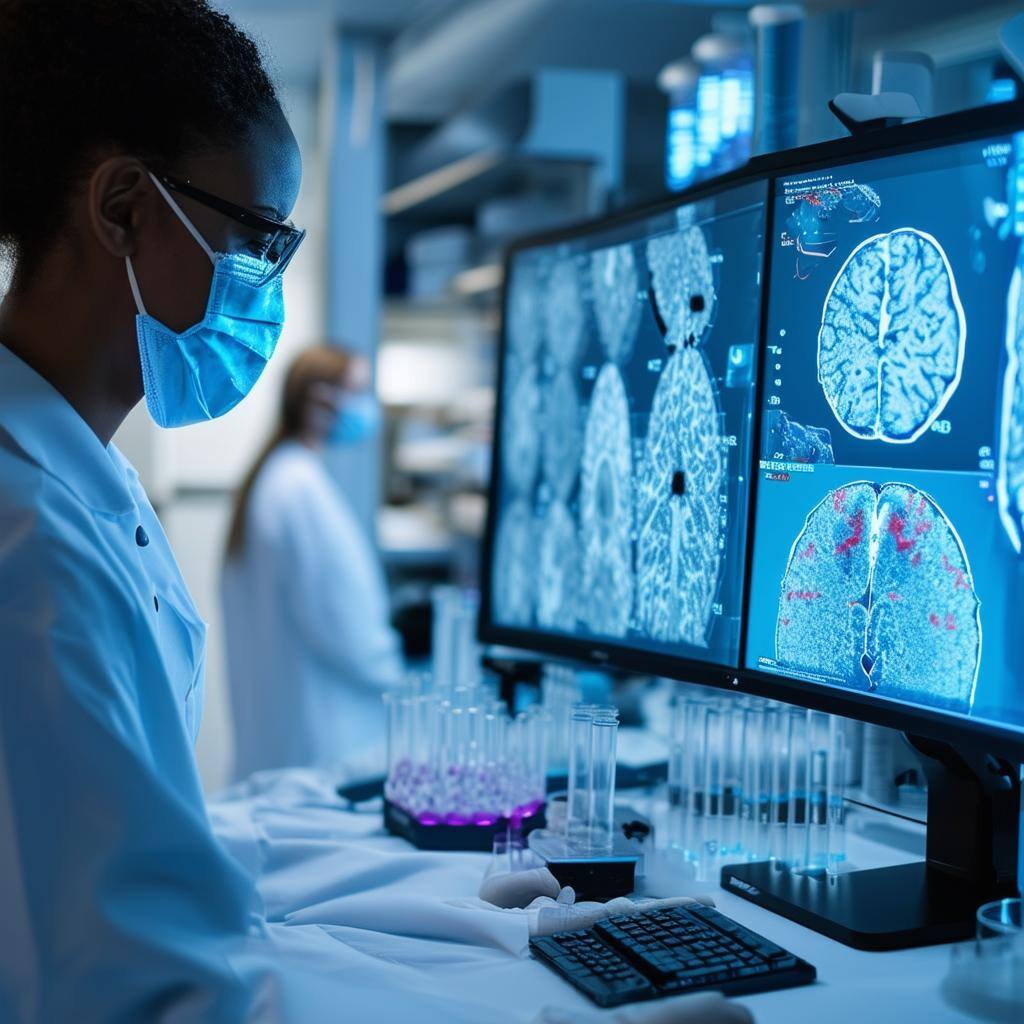
Artificial Intelligence (AI) is rapidly reshaping industries and businesses around the globe, but for those new to the topic, it can seem daunting. From "machine learning" to "deep learning" and "natural language processing," the technical jargon can overwhelm even the most curious mind. This blog is designed to break down some of the key terms you’ll encounter when diving into AI, helping you build a strong foundation of understanding.
By grasping these core concepts, you’ll be able to make sense of how AI works and how it’s transforming the way businesses operate.
Data – The Foundation of AI
At the core of any AI system is data. AI models need vast amounts of data to train, learn, and make decisions. The quality and quantity of data are crucial—poor data leads to inaccurate results. For instance, AI systems in industries like healthcare or finance rely on data from patient records or financial transactions to learn patterns and generate insights. Without good data, AI can't perform optimally.
According to a study by IDC, by 2025, the global data sphere will grow to 163 zettabytes. This surge in data is a key driver behind AI development, as more data means better AI training.
Big Data – Scaling AI's Abilities
Big Data refers to the massive and complex datasets that are too large for traditional data processing systems. Big Data is essential for AI, as the more data an AI system has to learn from, the more accurate its predictions become. These datasets are used in everything from customer service chatbots to predictive maintenance in industries like manufacturing.
According to Gartner, the worldwide AI software market is expected to reach $62 billion in 2022, fueled largely by advancements in Big Data and analytics.
Algorithms – AI’s Brainpower
An algorithm is essentially a set of rules or instructions that a computer follows to complete tasks or solve problems. In AI, algorithms are used to process data and make decisions. They are the "brains" of AI, enabling it to recognize speech, recommend products, and even detect fraud. Whether you're interacting with AI on your smartphone or a customer service chatbot, algorithms are working behind the scenes to make it possible.
Machine Learning (ML) – Teaching AI to Learn
Machine Learning (ML) is a subset of AI that allows machines to learn from data, adapt, and improve over time without being explicitly programmed. ML is used in a wide range of applications, from email spam filters to facial recognition technology.
There are three main types of machine learning:
- Supervised Learning: The system learns from labeled data and makes predictions based on known input-output pairs.
- Unsupervised Learning: The system finds patterns in data without explicit instructions or labeled data.
- Deep Learning: A form of ML that uses neural networks to analyze data, typically used in complex tasks like image and speech recognition
According to McKinsey, companies using machine learning are twice as likely to be achieving high revenue growth as those that are not.
Neural Networks – Mimicking the Brain
Neural Networks are inspired by the structure of the human brain. They consist of layers of nodes (similar to neurons) that process data in a way that allows AI systems to recognize patterns, make decisions, and learn over time. Neural networks are crucial in applications like image recognition, natural language processing, and even autonomous driving technologies.
Natural Language Processing (NLP) – Communicating with AI
Natural Language Processing (NLP) is a subfield of AI that enables machines to understand, interpret, and generate human language. NLP powers technologies like chatbots, virtual assistants (such as Siri and Alexa), and language translation tools. It allows machines to communicate with us using natural language, making interactions with AI feel more human.
In fact, the NLP market is expected to grow to $43 billion by 2025, highlighting the demand for human-computer interactions that feel seamless and natural. (MarketandMarkets)
Deep Learning – Taking AI to the Next Level
Deep Learning is a subset of machine learning that uses neural networks with many layers (hence "deep") to analyze and process data. Deep learning is used in complex tasks like recognizing speech, detecting objects in images, and even autonomous vehicle navigation.
According to a report from PwC, AI could contribute $15.7 trillion to the global economy by 2030, with deep learning playing a critical role in this economic transformation.
Predictive Analytics – Forecasting the Future
Predictive Analytics involves using historical data and AI algorithms to make predictions about future events. It is widely used in fields like marketing, finance, and healthcare to forecast trends and outcomes. For example, predictive analytics can be used to identify potential customers who are likely to make a purchase, or to predict which patients may need medical attention soon.
Understanding these core AI terms is crucial for anyone looking to explore AI technology, whether you're interested in its impact on business, healthcare, or even everyday life. AI is here to stay, and having a grasp on these terms will enable you to engage in meaningful discussions and make informed decisions about AI implementations.
Now that you’ve learned the basics, stay tuned for more in our AI series. In our next post, we’ll cover “10 Ways to Use ChatGPT,” exploring practical ways businesses and individuals can harness AI-powered tools for greater efficiency and creativity.
For more on AI and how it’s transforming industries and how Atypical can help you in your transformation, visit our AI Capabilities page.
